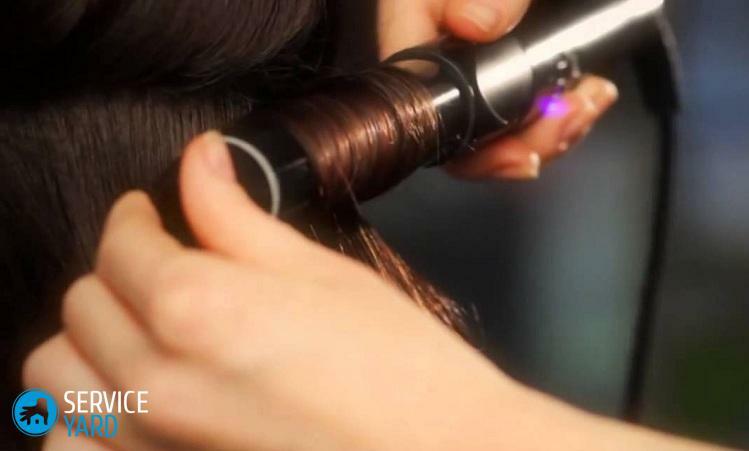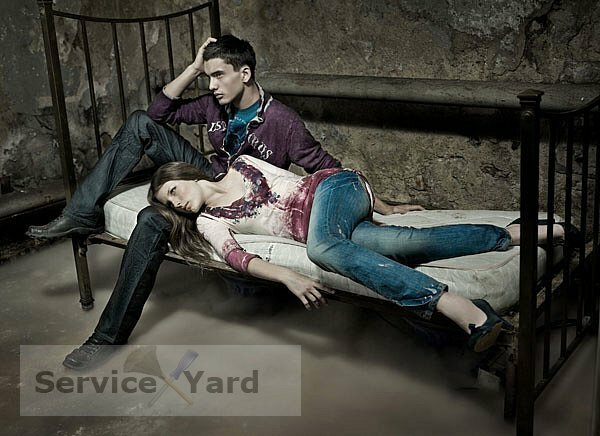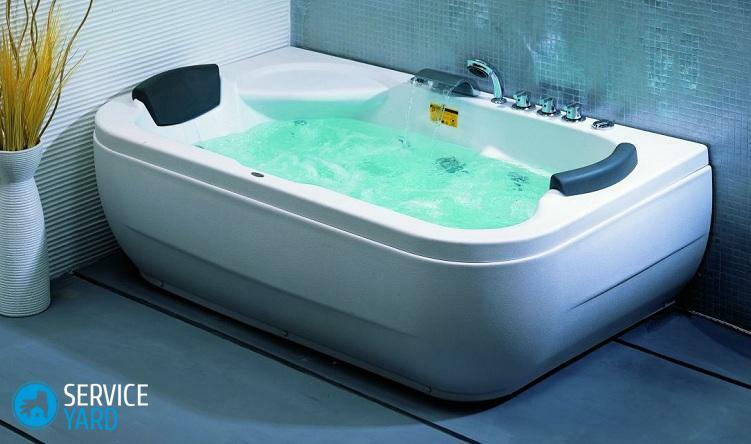Everyone at the end of the day dreams of one thing - to comfortably settle on his bed and plunge into sleep. And instead it takes a long time to pack and spin from side to side in search of a comfortable pose. Here are the first symptoms of the fact that you have the wrong mattress. How to choose it to calmly fall asleep, and to wake up vigorously and rested, read in our article.
Contents:- The best mattress manufacturers
- Mattress device
- Types of mattresses
- Mattress selection parameters
- Which mattress to choose
- How much are the mattresses
The best mattress manufacturers - which firm to choose
When buying a bed and a mattress for it, few pay attention to the label with the namemanufacturer. And in vain - often it depends on it, how long will your service last and whether it will cause health problems.
The best and safest mattresses are produced by companies engaged in their own development and working with orthopedic physicians:
1. Askona
2. Ormatek
3. Dreamline
4. Sealy
5. Serta
Excellent models of these and otherworthy manufacturers, we have already considered in our article. And now let's talk about how to choose the perfect mattress for yourself.
The device of mattresses
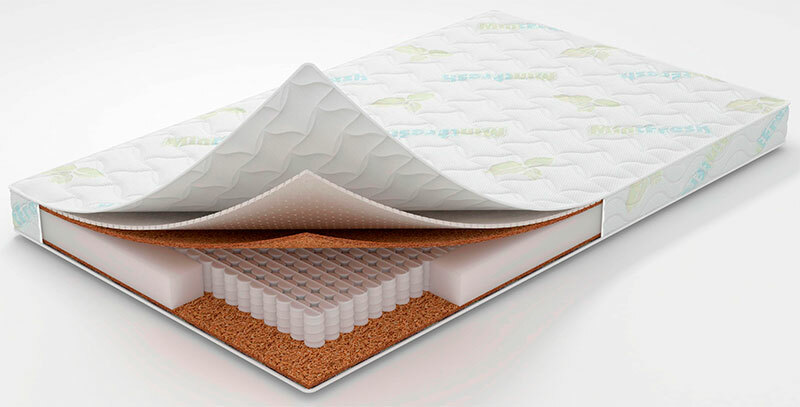
Gone are the days when the mattress was a usual mattress - a quilted bag, without zatey stuffed with cotton. Today's models not only became more attractive externally, their internal structure also underwent serious changes. Even in springless products, the packing is not randomly packed into the cover, but is glued together from several layers of different materials. Usually, at least two blocks of foam with a certain level of stiffness are sewn into the shell. Some models are also supplemented with interlayers "memories" - foamed materials that memorize the contours of the body.
In frame mattresses the filling is much more complicated: here under the flooring there is a block of metal springs - dependent or independent. Over the steel skeleton is additionally laid a hard layer, protecting the cover from punching, and the owner - from the abutting metal in the side.
Types of mattresses
Spring with a dependent unit
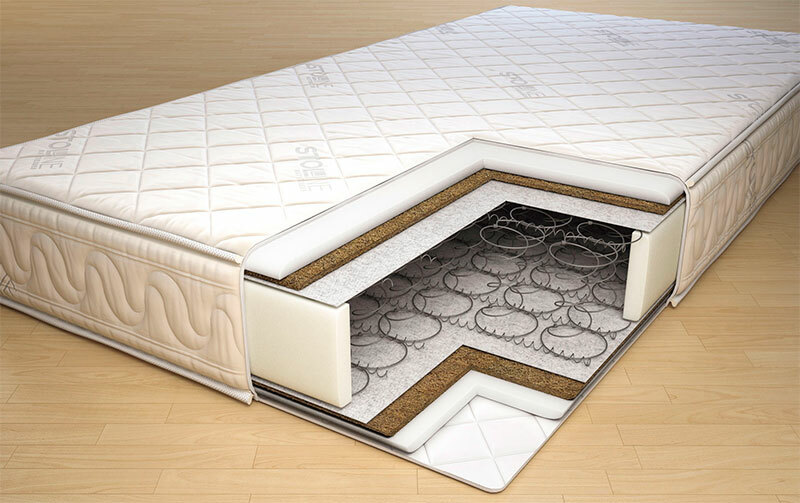
These types of mattresses are the most popular and therefore are represented on the market particularly widely. The internal spring block here consists of steel wire spirals intertwined with each other. This design was called Bonnel.
Pros:
- Good air circulation in the mattress;
- Spring-loaded ligaments withstand high loads;
- Relatively affordable price, although with an increase in the level of comfort it increases.
Cons:
- Scratch rubbing against each other wire ligaments;
- With insufficient rigidity, the body assumes the wrong position - as in a hammock.
With independent springs
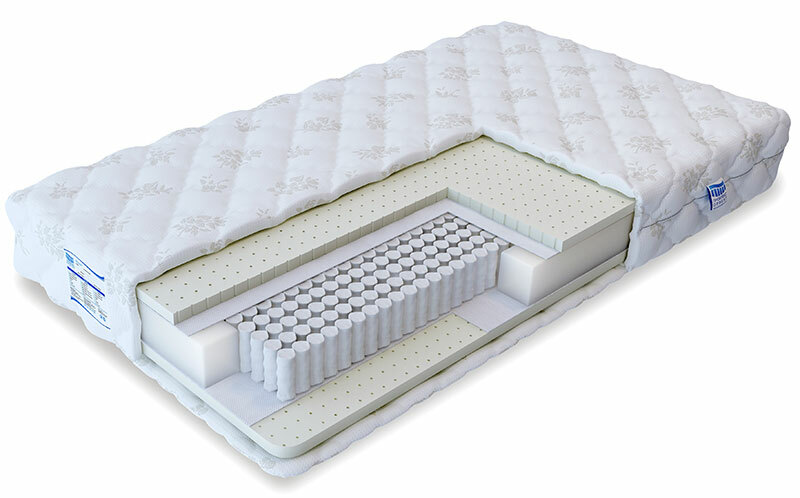
Mattresses on independent spring blocks provide maximum comfort and last a very long time. Here the spirals are located separately from each other and work independently, without affecting adjacent turns. Each spring is additionally placed in an individual fabric cover.
Usually in mattresses with an independent block per square meter of area there are 256 standard spirals. But for greater softness, their number may increase. For example, an average degree of convenience is provided by 550 springs per 1 square meter, and increased comfort is afforded by a multipack housing not less than 1000-1200 thin spirals in the same area.
Pros:
- Springs do not contact each other and therefore do not creak;
- There is no "hammock effect" and a mattress subsidence at one point;
- Excellent orthopedic properties - improve with increasing density of springs.
Cons:
- Big weight and complexity in transportation;
- No small price;
- Less "load-carrying capacity" than for dependent models.
Spring mattresses are perfect for all family members, including babies. They calmly perceive high loads from 45 to 150 kg / sq. M and at the same time easily restore their original shape. The metal frame provides reliable support of the spine, allowing the muscles to relax, and the body has a good rest.
Springless
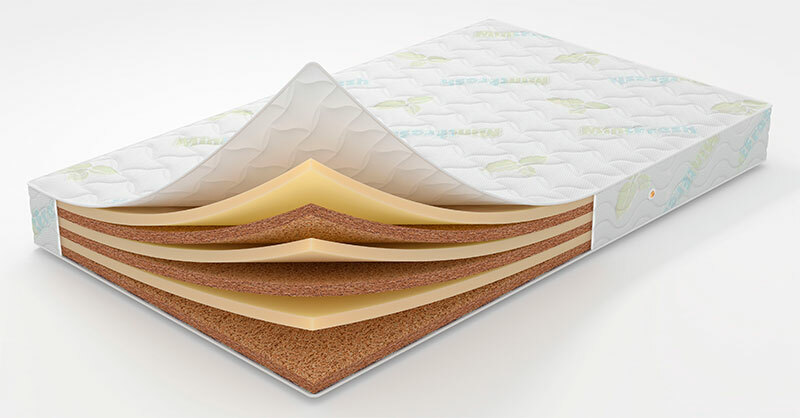
Mattresses without an internal elastic frame are less popular, but more affordable. However, here everything depends on the chosen filler.
Natural latex or coconut coir is more expensive than other spring models with an independent unit. They also provide a sufficiently high rigidity of the entire structure. But foam and synthetic fillers are too soft and short-lived. They are responsible for the popular dislike of springless mattresses. It is good that the market lacks intermediate options - combined, as well as filled with polyurethane foam or artificial latex.
Pros:
- Light weight;
- Complete absence of squeak;
- Some specimens can be rolled into a roll for storage or transportation;
- Latex models give a good orthopedic effect;
- Do not accumulate dust;
- Adequate price.
Cons:
- Poor spring;
- Over time, they lose shape - they are squeezed.
Mattress selection parameters
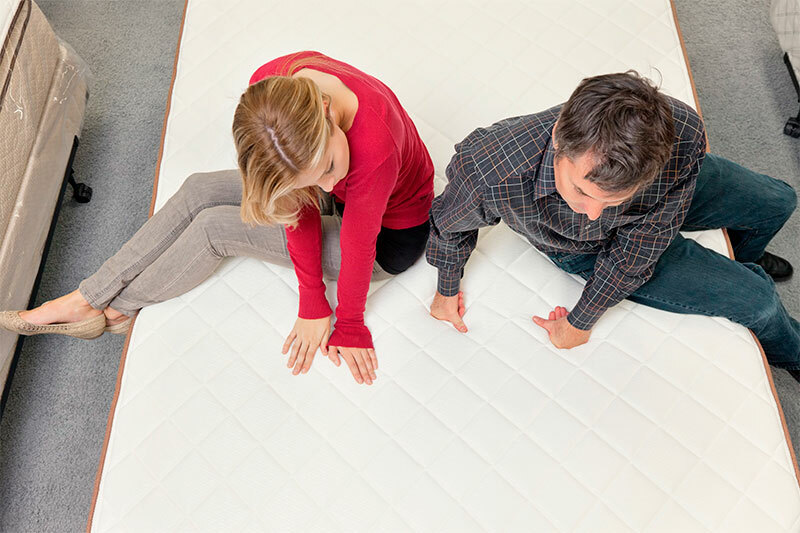
Size and shape
The easiest way to determine the type of mattress and its dimensions. Standard models for sleep are single, double and one-and-a-half. Children's copies are a separate line. However, the table of sizes for different manufacturers can differ significantly, therefore, before buying a sleeping mattress, it is necessary to measure the bed in length and width( on the inside).
The most popular parameters of standard mattresses:
- 120x60 and 140x70 cm - for baby cots;
- 80х190 and 90х200 cm - for a single bed;
- 120х190( 200) cm - one-and-a-half;
- 140x190 and 160x200 cm - double;
- from 180x190 to 200x200 cm - family mattresses for couples, to which growing children often come in the morning to fill.
There are also round and semicircular mattresses for non-standard beds. Usually they go from 200 to 240 cm in diameter. Specialists recommend choosing a bed, whose length exceeds your height by at least 15 cm.
Rigidity
All people are different, have personal attachments, and if their body is accustomed to a soft mattress, the orthopedic model onat first it may seem very uncomfortable.
However, in addition to your own preferences in matters of healthy sleep, one should also listen to the advice of doctors:
1. Soft models give a sense of comfort, literally enveloping the body. They do not put pressure on blood vessels and are ideal for people over 50, pregnant women and anyone with a problem with the lower back and circulation in the limbs. Also, they are quite comfortable for a subtle man weighing up to 55 kg.
2. Moderate-soft models suitable for people of middle age of 25 years and older, especially if they have sedentary work and the spine is required to give a natural position.
3. Medium mattress mattresses are the best choice for teenagers and young people, as well as adults, whose weight does not exceed 90 kg.
4. Rigid products perfectly fix the spine. Recommended for children aged 3+, athletes and large people weighing under 100 kg. Also, doctors advise you to sleep on a hard mattress for those who suffer from an intervertebral hernia, pain in the cervical region, or have an incorrect posture.
5. High-rigidity mattresses can be used for small children under 3 years old, as well as adults whose weight exceeds 100 kg. All other people such an article can be bought only on the advice of an orthopedic doctor. Spring type
Spring blocks used in mattresses have different shapes and features of weaving which affects the overall rigidity and service life of the product:
1. Bonnell
Can be connected by turns of wire of different thickness - these bonds largely determine the bearing capacity and stiffness of the mattress. The thinner they are, the stronger the main spirals will bend. In modern models, springs can have a biconical( barrel-like) shape or an hourglass silhouette. This allows you to reduce the creaking of the mattress under the load and provide sufficient support for the body of the sleeper.
2. Pocket Spring
Independent spring blocks with standard spiral density( 256 pcs / sq. M.).They give an average orthopedic effect and moderate comfort. They do not turn the mattress into a hammock, because each spring bends only where pressure occurs. As a result, the surface actually takes the form of the body of a lying person, allowing the muscles to relax.
3. Interactive
The technology of creating springs of various diameters, located in staggered order. This is one of the varieties of independent blocks, where each spiral is sewn into an individual case. The effect of this mattress - the maximum anatomical adaptation, noiselessness, durability and resistance to stress. Number of springs per 1 sq. M.m. - 255 pieces.
4. Mikropocket
The most expensive independent unit is used in high-end mattresses. Has the best orthopedic properties, responsive to any change in body position. The number of springs is 1000-1500 pieces per 1 sq. M.Multi-pack is used only in premium products.
Filler
This parameter is important for springless mattresses, since they are practically made up of one padding. The stiffness and comfort of such models will depend on the chosen material:
1. Latex
It is considered an ideal filler - one of the few that can provide an orthopedic effect without a spring frame.
It can be of two kinds:
- Natural latex. Really good. Its porous surface breathes and removes excess moisture, and thanks to its resilient properties it also perfectly absorbs. It is a hypoallergenic material that lasts for a long time and retains its shape and provides the best support for the body. The service life of this mattress reaches 10-15 years, but even after that the mattress can still be used.
- Artificial latex. It is cheaper, but initially has the same properties as natural. The only difference is that it is not so durable and perceives worse loads. Over time, artificial latex is not just squeezed, but crumbles.
2. Coconut coir
A natural filler with antibacterial properties. It does not cause allergic reactions and is quite stiff, so mattresses with such packing have an excellent orthopedic effect. This dense and elastic material is recommended for children to prevent scoliosis.
3. Seaweed
Another kind of natural filler with health-improving properties. Exotic material does not retain moisture, perfectly adapts to the shape of the body, contains iodine and a number of other volatile substances useful for the organism( including growing ones).
4. Wool
For sheeting of springless mattresses, sheep are predominantly used. It is hypoallergenic, hygienic, well-controlled body temperature. In winter, it is warm to sleep on it, and in the summer it is not hot.
5. Foam and foam rubber
Two related materials made of polyurethane foam. But the first has a greater elasticity, so that it retains its shape longer. The second one comes to disrepair after 3-5 years of intensive exploitation, but is pressed even earlier.
Cover
Regardless of the internal structure of the mattress, it needs a strong and pleasant to the touch fabric shell. Ideally, if it is made of natural or close to those materials( cotton, jacquard, coarse calico, linen, wool, velor).However, the use of mixed and synthetic fabrics is allowed. However, one must remember here that artificial materials do not absorb moisture very well and impede the "breathing" of the skin.
Which mattress to choose
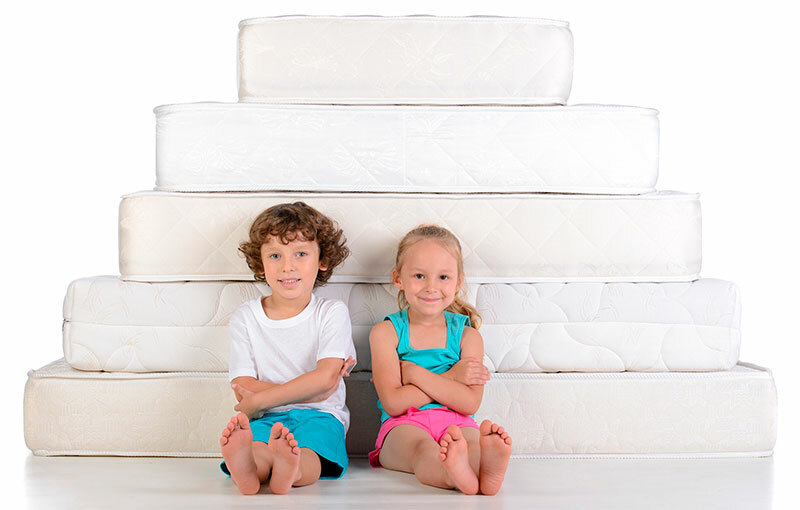
1. For those who prefer to sleep on the soft, the ideal springless mattresses made of latex, products such as Memorial or models with a large number of independent springs Multi-pack.
2. If moderate softness is needed, it is better that the structure of the mattress is complemented by a layer of coconut coir.
3. Medium hardness is provided by polyurethane foam filler, as well as dependent and independent spring blocks with combined flooring from latex and coir.
4. For those who need maximum support, it is better to choose a mattress with independent springs and coconut flooring or an extra-rigid frameless version, completely molded from coconut or cactus coir.
How much are the mattresses
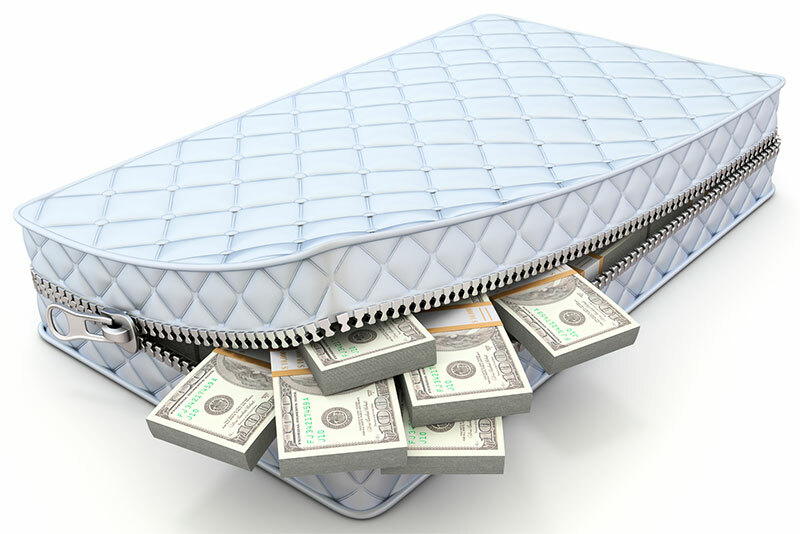
1. One-piece bonnel can cost from 1900 rubles to 24 thousand. For a double-cup will have to give a minimum of 2700 rubles, and the cost of premium models reaches 115 thousand rubles.
2. Mattresses on independent spring blocks for a single bed cost from 1.5 to 270 thousand, for a double the price will be one and a half to two times higher.
3. The cheapest single-springless mattress with artificial filler costs 1,200 rubles, the most expensive( with combined layered packing and memory effect) - no less than 260 thousand. Two-bedroom models in these categories are, respectively, from 2.2 to 600 thousand rubles.
4. For children's mattresses, the prices are on average lower:
- Springless and Bonnet 400-50000 rub.;
- With dependent springs 1400-25000 rub.

